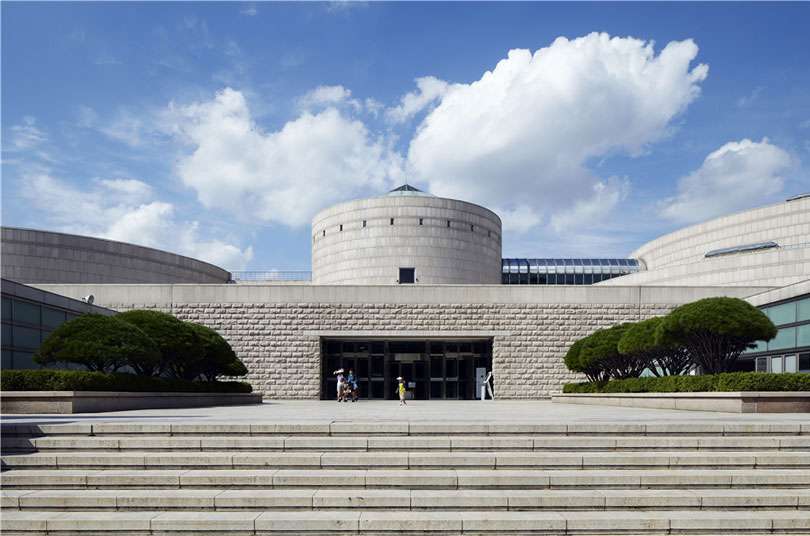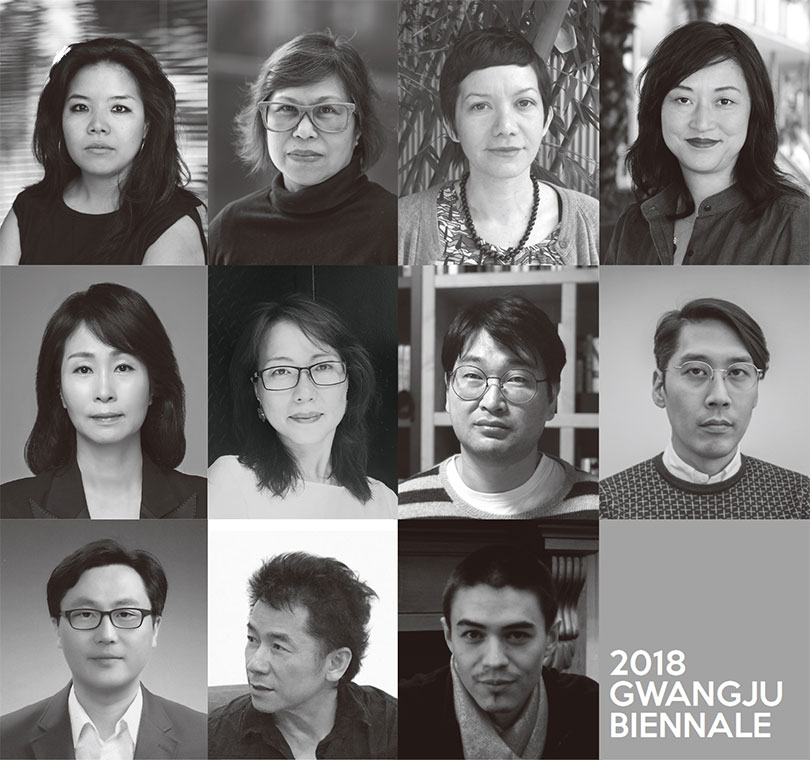What's On / News
Rizzoli Publishes First Comprehensive Monograph on Korean Artist Yoo Youngkuk
posted 24 Nov 2020Yoo Youngkuk: Quintessence, Rizzoli, 2020 Photo: Chunho An. Image provided by Kukje Gallery
Considered a "magician of colors,” Yoo Youngkuk (1916-2002) is one of the foremost pioneers of Korean art. The internationally acclaimed art publisher Rizzoli will publish Yoo’s English language monograph Yoo Youngkuk: Quintessence on December 1, 2020, providing a comprehensive overview of his life’s work and historical significance. Yoo Youngkuk is the first Korean artist to be recognized with a comprehensive monograph by Rizzoli. A 360-page catalog compiled over many years of extensive preparation and research, Yoo Youngkuk: Quintessence surveys Yoo’s unique abstract practice, featuring a broad spectrum of works including both widely recognized, seminal masterpieces and never-before-seen works.
Rizzoli is a leading publisher in the fields of art, fashion, interior design, culinary, architecture, and photography, having established a firm reputation for its sophisticated publications that offer contemporary insight into the subject at hand. The company has cultivated a large group of loyal readerships worldwide with its library of books that multifacetedly record our cultural spheres today, which has only been bolstered by recent publications on master artists including Roy Lichtenstein (1923-1997), Ed Ruscha (b. 1937), Richard Serra (b. 1939), and Francis Bacon (1909-1992).
The publication of Yoo Youngkuk: Quintessence signals a milestone in the study of the artist’s unique practice. Regarded as one of the founders of Korean abstract paintings, Yoo is best known for his vibrant vocabulary that distills Korean naturalism into basic formal elements of point, line, plane, and color. Along with his peer Kim Whanki, the artist is celebrated for his seminal role in promoting modern art in postwar Korea and laying the groundwork for the vibrant contemporary art scene in Korea today.
In praise of Yoo’s lifetime achievement, the author Rosa Maria Falvo, an independent writer and curator based in Milan and the Editor of International Projects specializing in Asia Pacific and Middle East Publications, has remarked, “Yoo’s forms are fluid and evolving, not bound to objects, while their geometries crystallize his expression. Nature was undeniably his muse and this special bond, based on wonder and humility, was a wholesome antidote to the lust for destruction and tragedy he witnessed in his life-time.”
An acclaimed group of authors have also contributed to the publication. The monograph begins with Nature Within, Nature Without by Gabriel Ritter, head of contemporary art at the Minneapolis Institute of Art (MIA), which provides a chronology of Yoo's pursuit of pure geometric abstraction upon internalizing the Japanese avant-garde and the Korean Informel movement in his early years. Kim In-Hye, a curator at the National Museum of Modern and Contemporary Art (hereafter the MMCA) who organized the seminal exhibition 100th Anniversary of Korean Modern Master: YOO YOUNGKUK 1916-2002 (2016), adds context through Seeking Absolute Freedom, framing the development of Yoo's unique abstract painting practice within both the historical and art historical contexts of Japan and Korea during the Japanese occupation of Korea after annexation. In Navigating the Avant-garde, Bartomeu Mari, the former director of the MMCA in Korea and currently the executive director of the Museo de Arte de Lima (MALI) in Peru, reflects upon the introduction of the avant-garde movement in Korea, one of the most hermetic nations of modern world history, through Yoo Youngkuk's work.


